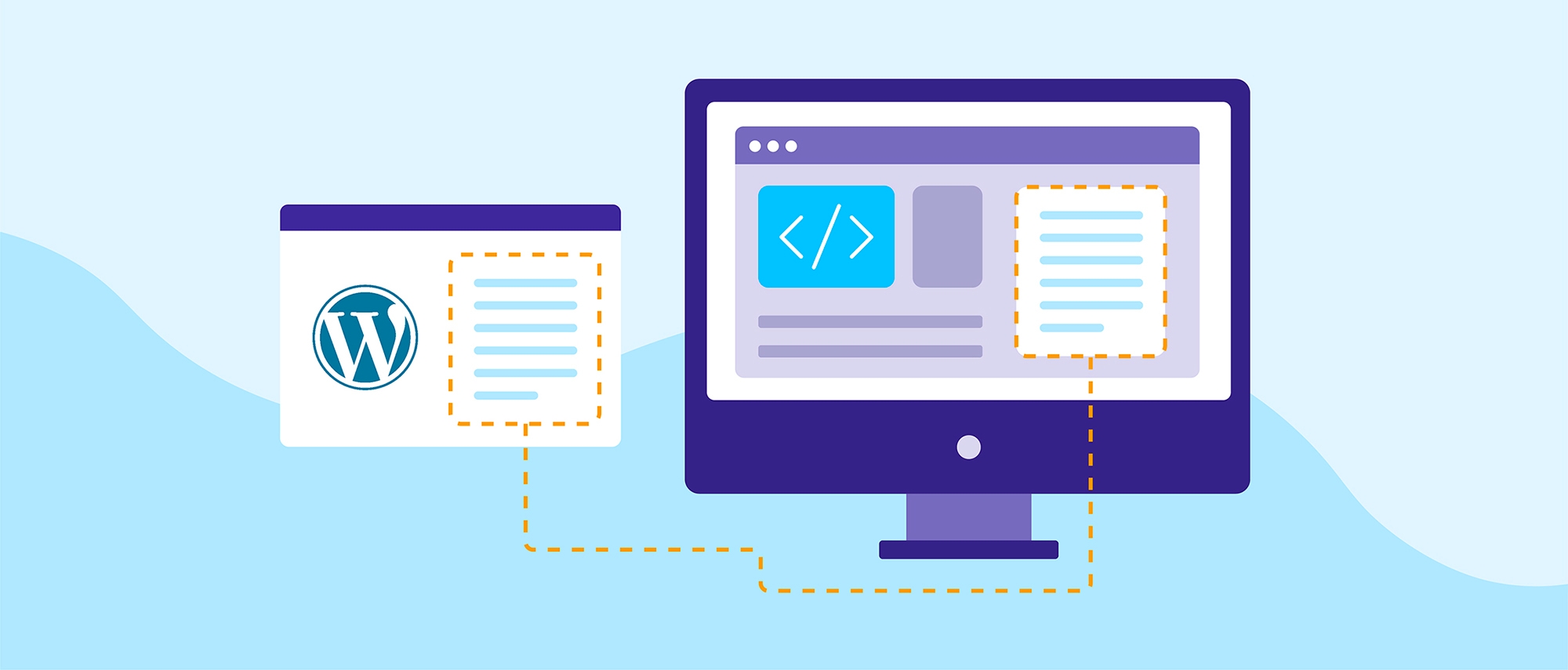If you’re like most businesses, you realize how important web design is to your success in today’s competitive digital landscape. You’ve probably invested a ton of time and money into web development with the goal of generating more traffic and securing leads and conversions. You know that every detail matters, and you’ve set out to get the maximum return from your website design. This is where Key Performance Indicators can play a critical role in success.
This investment is a great start, but how do you know what’s working and what isn’t? Measuring and analyzing the performance of your website is crucial to building momentum towards long-term success, but which metrics matter the most? Take a deep breath. There’s no need to measure every metric in the book. To get the most out of your web performance, here are the three key performance indicators (KPIs) that matter most for your site’s success.
Key Performance Indicators That Signal Engagement
This is a bit of a cheat because rather than a single KPI, measuring engagement requires looking at several important KPIs that tell the story of how your audience is engaging with your brand. Understanding engagement signals is critical for building and maintaining a competitive advantage online.
For example, monitoring engagement KPIs like the number of unique visitors compared to the number of return visitors, and other indicators like bounce rate, the average time spent on your website and the pages that are getting the most traffic are crucial for discovering if your current approach to web development is taking your brand in the direction of your goals.
Traffic Sources
Identifying where your visitors are coming from is key to a successful digital marketing strategy – and this includes ensuring that your web design is on par to meet your consumer’s needs. You already know that traffic is coming from all sorts of directions, like PPC ads, organic search, social media, etc. However, tracking where your most significant surges of traffic are coming from and paying attention to the behaviors of those customers through analytics can help you further develop a strategy for mastering conversions through your website.
For example, if there’s been a noticeable bump in traffic from a specific PPC ad, but visitors aren’t making it past the landing page this signals that something about the page is failing at bringing them past the finish line. Traffic sources help you to identify the roadblocks and potential of your web design.
An Underappreciated Gem
While most businesses are quick to look at the overall number of conversions their website is producing, they fail to look at the finer details about how the customer got to that point. Yes, the end goal is important, but Key Performance Indicators that help you better understand the customer journey are critical in aligning your goals with the customer’s intentions.
Instead of looking just at final conversion numbers, start paying closer attention to KPIs like the average time spent on your site and the number of visits made before the conversion happens. If you’re finding that the customer journey is longer than it should be, it could be that you need to finetune your brand messaging or clarify the benefits of conversion
There are many ways to measure the success of your site, but it all starts by connecting with a website design company that knows how to get results for your business. Contact Double Up Digital and learn how our expert web developers can help elevate your digital success through a measurable approach to web design.




